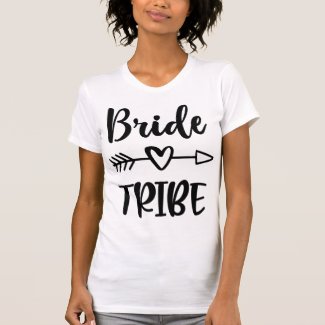Braces have been used for over a century, since
the conception of their modern form by Christophe-Francois Delabarre in
1819, though actual efforts to correct jaw and teeth alignment date even
farther back in history. Many advancements have been made in the field
of orthodontics over the years. One modern innovation is Invisalign,
a type of aligner developed as an alternative to braces; these clear
retainers may be obtained just like braces from orthodontists like Lakewood Orthodontic Office. Here are three of the benefits of Invisalign.
Invisalign is a good alternative to braces. It is a little more costly than regular braces, but the benefits make the cost worth it. So if you ever find yourself needing dental correction that can be fixed by braces, consider Invisalign instead.
1. They Work Like Braces
The first benefit is the obvious and most important one: As an alternative to braces, Invisalign aligners do the same job as braces do. They straighten crooked and misaligned teeth, fix crowding and gaps between teeth and correct problems such as overbite and under bite. Dental problems like this must be fixed in order to avoid future related oral disease and damage such as periodontitis (a gum disease caused by teeth either being too crowded or too far apart). Fixing them also helps with self-esteem problems related to appearance.
2. They Are Comfortable
Another benefit of Invisalign is that it is more comfortable to wear than regular braces. There are no brackets gouging at the inside of your mouth, and the retainers can be removed so you can do your daily dental care routine (brushing and flossing). Invisalign retainers also work slower than braces, shifting teeth more gently and gradually than braces. They are also more comfortable psychologically, because they are not physically noticeable the way that braces are. Invisalign is, as you probably infer from the name, invisible, so it does not cause the same self-esteem problems as braces.
3. They Don’t Require Impressions
Invisalign also comes with the benefit of not requiring dental impressions. Dental impressions are the molds made before the braces are put on by biting down into an uncomfortable, rather nasty tasting material. This is done so that dentists can have a better idea of the landscape of your mouth and use it to develop a corrective dental plan, but it is not the most pleasant of experiences, especially for those with a bad gag reflex. Invisalign usually uses the less intrusive, far more comfortable digital scanning to size the retainers instead.
Invisalign is a good alternative to braces. It is a little more costly than regular braces, but the benefits make the cost worth it. So if you ever find yourself needing dental correction that can be fixed by braces, consider Invisalign instead.













No comments:
Post a Comment